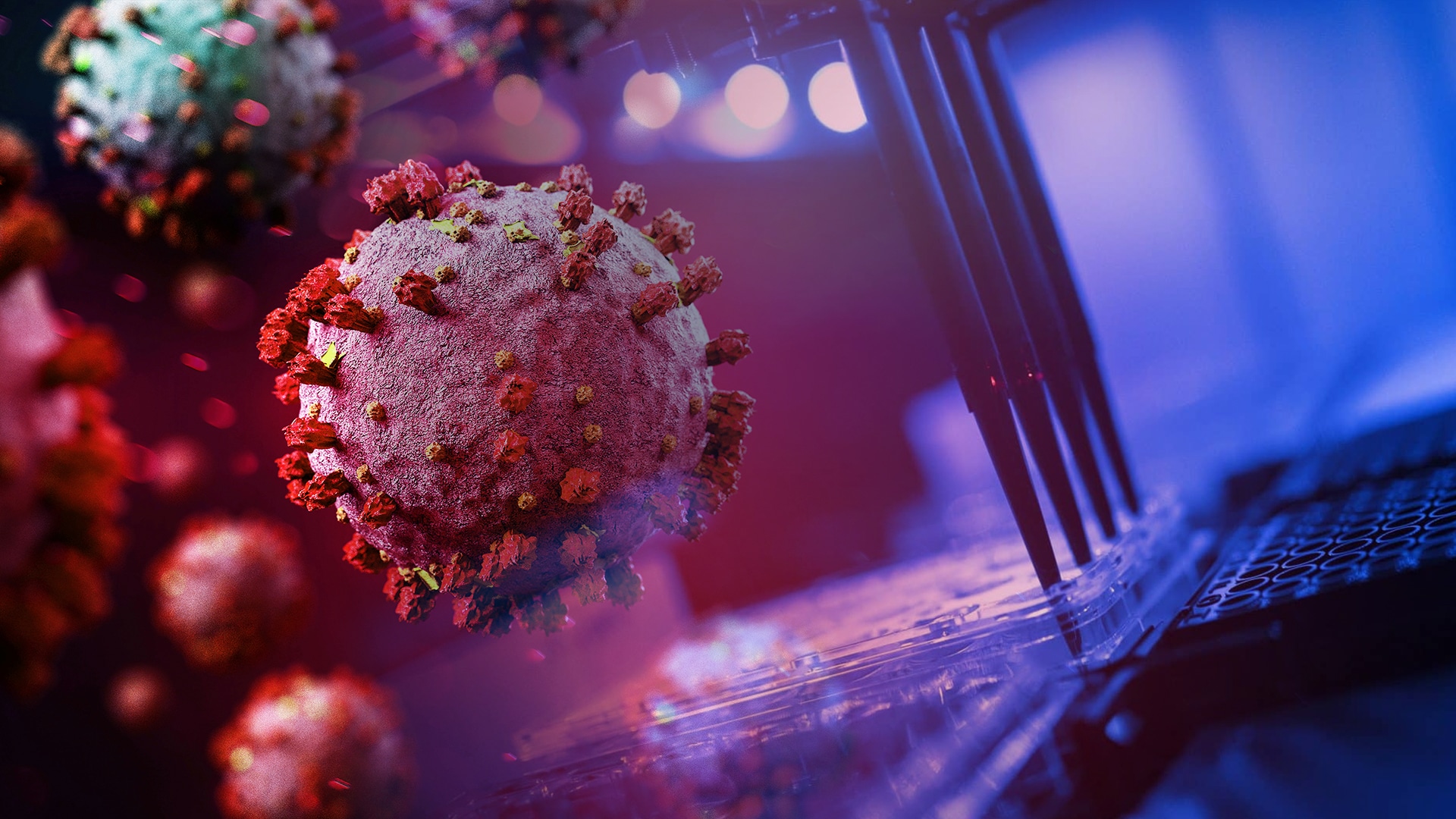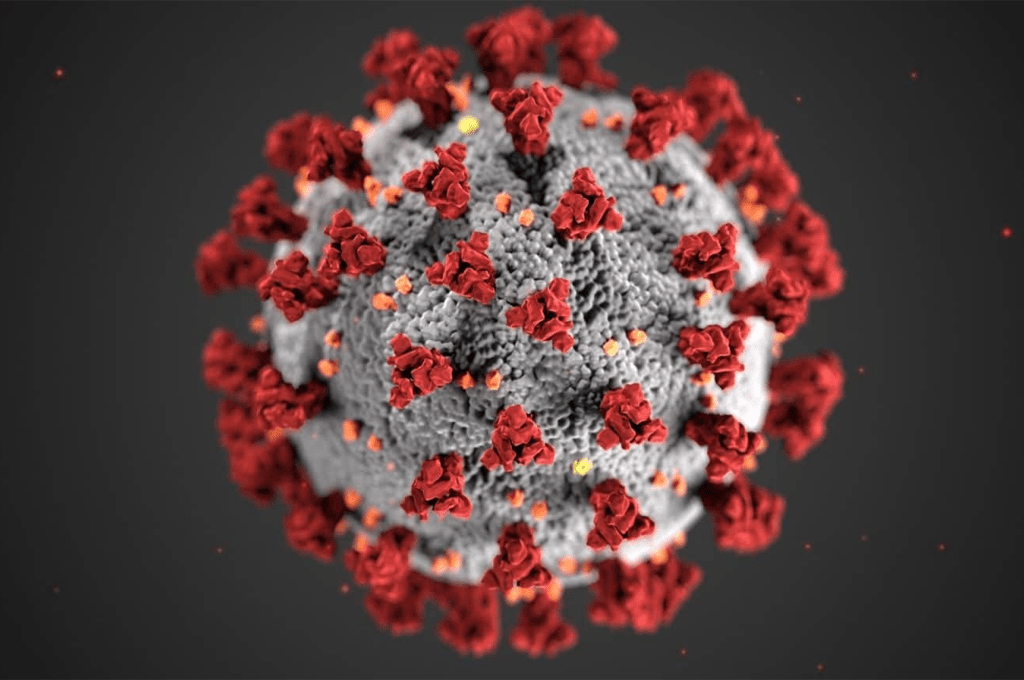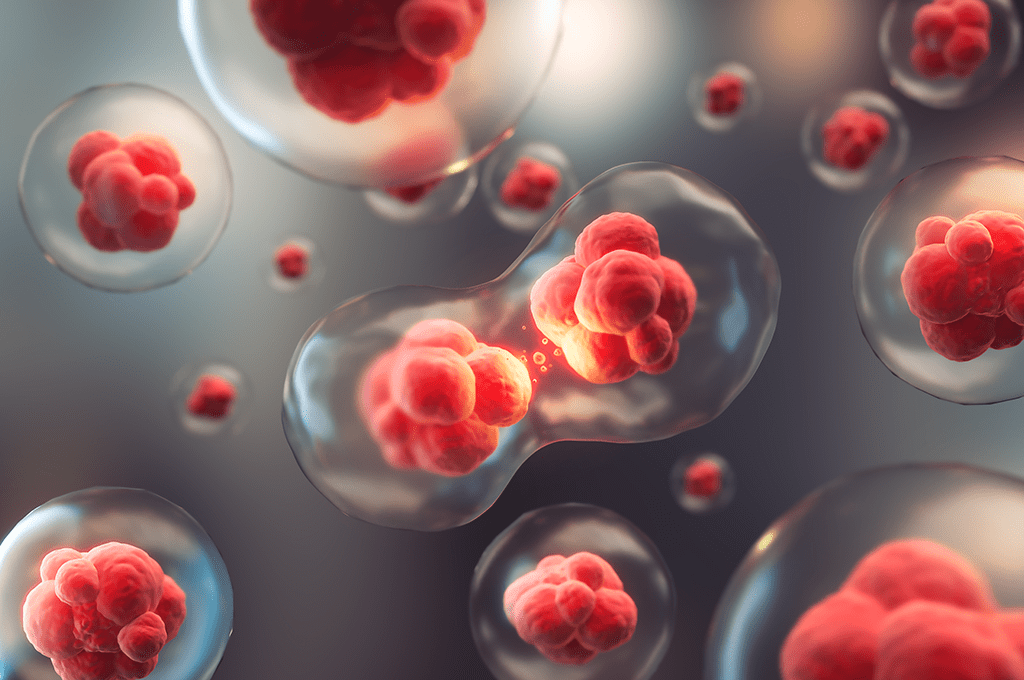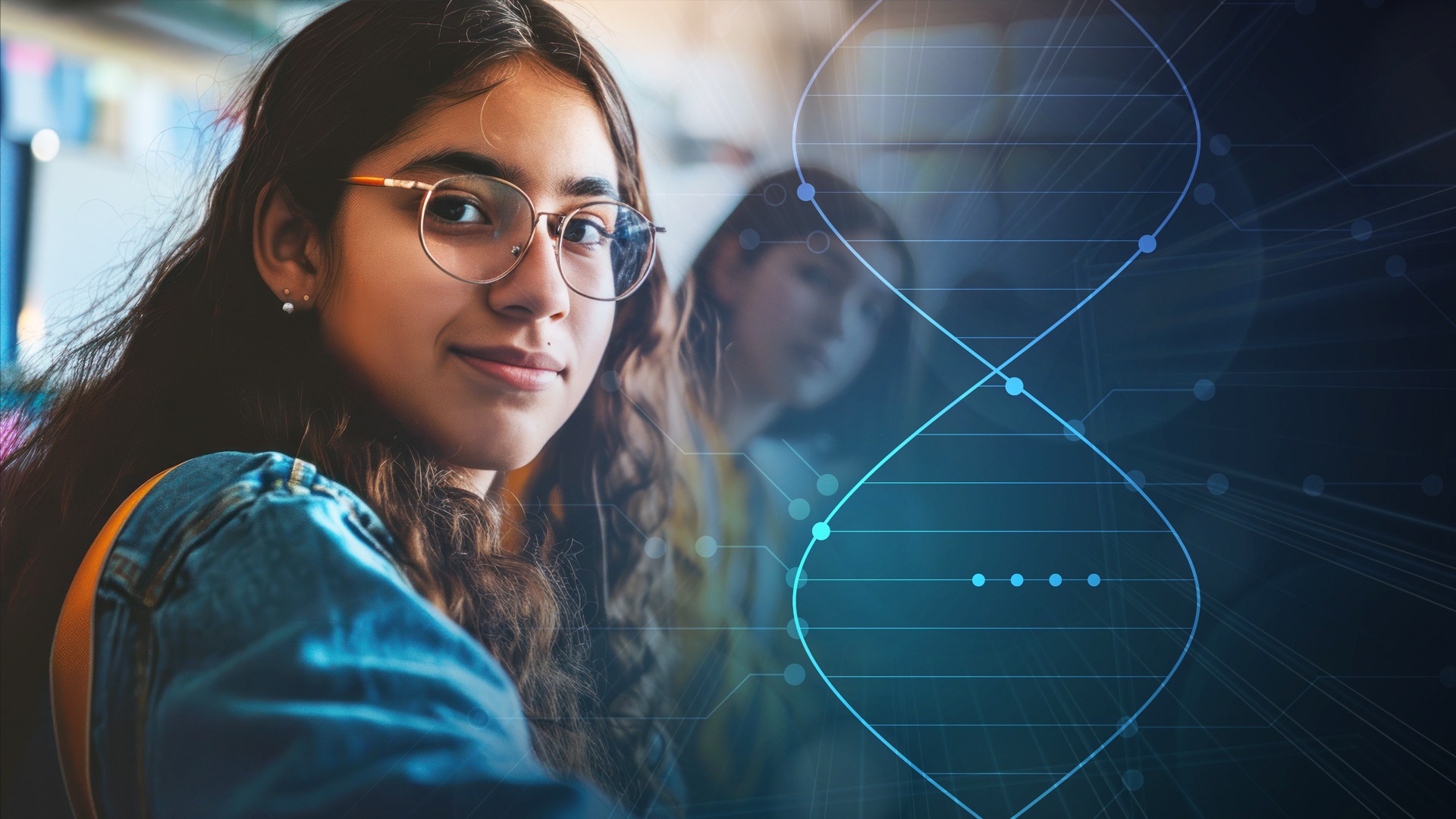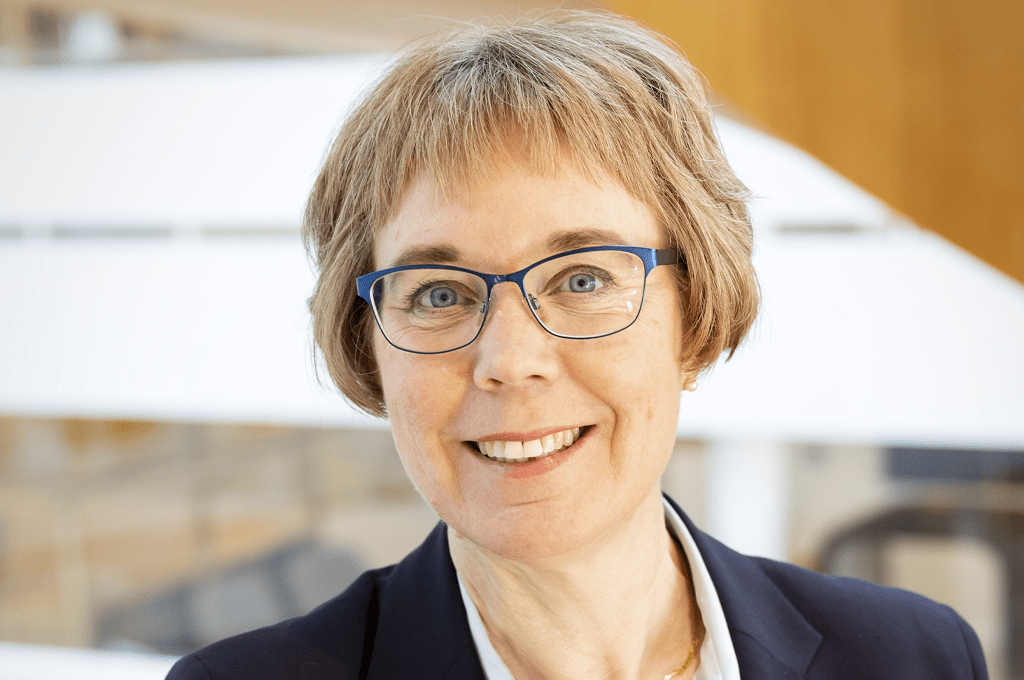Combating COVID-19 Webinar: The story so far and the future of COVID-19 research
On October 23, 13 high-profile speakers, including the National Coordinator for Life Sciences Jenni Nordborg and Åsa Kristoferson Hedlund, Chair of Svenska Covidföreningen (the Swedish Covid organization, gathered to present the progress of COVID-19 related research at SciLifeLab so far and to speculate on what comes next.
Siv Andersson (KAW and previously SciLifeLab co-director) initiated the online seminar and then gave the floor to Jenni Nordborg who talked about the role of life sciences from a national perspective.
“The COVID-19 pandemic really put a focus on life sciences as a whole. It became clear to every individual and society how important this sector really is”, she said.
“It’s imperative that we join forces and fully utilize the national infrastructures that we have both in handling the acute situation and when it comes to quickly build up new knowledge that can be shared globally. I must stress that the way that SciLifeLab and Genomic Medicine Sweden immediately took action was super important for Sweden”, she concluded.
Olli Kallioniemi (SciLifeLab Director) presented the SciLifeLab-KAW COVID-19 national research program and the current international COVID-19 statistics. He also stressed the importance of sharing data and coming together as a global scientific community.
“We have half a million new COVID-19 cases in the world and 5000 deaths every day, which is really significant. This has also been a very special time in the sense that the scientific processes have been put to the test. Under normal circumstances, we are typically publishing at a slow pace and that data from a publication becomes available in a year or two, but in times like this, this has dramatically changed. The journals turn over the papers much quicker and researchers make all of their preprints available online which is something we have started to consider could be how we should do science in the future”, said Olli.
Lars Engstrand (Karolinska Institutet) talked about the early days of the KI Pandemic Center for virus testing and the fascinating story of how they came to be at the very center of media’s attention.
“The problem, at the beginning of April, was that we did not have access to enough robots here. Thanks to the Knut and Alice Wallenberg Foundation we were given 60 million SEK to set up and start a COVID-19 testing center at Karolinska Institutet and SciLifeLab”, he said.
He also detailed the center’s achievements after seven months in operation.
“Today we have sequenced more than 350 000 samples, and this is the largest lab in Northern Europe. We have more than 16000 positive cases in the biobanks, which of course makes this a gold mine for future research. We have also sequenced more than 2000 whole-genomes on the strain level. We have a high capacity in the lab, and we are using the T7 machines to study mutations in the virus.”
Sophia Hober (KTH) went into detail about the High-Throughput and High-Content Serology testing and research project; regarding the well-known COVID-19 Community study at Danderyds University Hospital.
“Nearly all employees also participated in the phase 2 blood tests from August 24th to September 9th. We are still looking into these data from different angles, but we can see that 20 percent of those who actually tested positive in our assay, before the summer, did not test positive now. We could still see antibodies of course, but the levels were really low“, she said.
“More than 80 000 samples have been analyzed and 58 000 test results have been individually reported to people. I also want to stress that personnel that was exposed to a lot of patient contact at Danderyds Sjukhus were at much higher risk of getting infected compared to others, so I think we need more stringent measures to increase the safety for health care personal during fall now that we see that the virus is coming back again”, she concluded.
The next speaker was Anna Székely (Uppsala University), who talked about Environmental biobanking and virus profiling.
“It’s in the air, it’s on surfaces, it’s on our bodies. This means that all these environments will expose you to the risk of infection.”
With those words, Anna set the tone for the rest of her talk. She further explained how four research groups are monitoring and collecting samples from different places such as the Stockholm subway system and Stockholm Wastewater.
“Maja Malmberg (SLU) leads another group, who started weekly wastewater sampling from Umeå and Örebro. Anna J. Székely (Uppsala University) has also been involved in several similar projects, where they analyzed wastewater in Malmö, Luleå r, and seven other cities together with the NORMAN network for monitoring of emerging environmental substances.”
Johan Rung, SciLifeLab Data Center, then recounted the endeavor to establish a National COVID-19 data portal as well as data-driven efforts towards COVID-19.
“Early on In Sweden, the government gave Vetenskapsrådet (VR) an assignment to coordinate the country’s data sharing strategy and VR asked SciLifeLab to set this up as well as develop and maintain the Swedish COVID-19 data portal, so we got this one up in early June, and Sweden was actually the first country in the EU to set up a national portal. So now this is operated by SciLifeLab and through NBIS”, he said.
“We’ve seen data being made publicly available on a global level never seen before. Sharing data makes the research process transparent, and gives trust in the process itself. It also increases the chance for reproducibility”, he concluded.
Moving on to the next speaker, Mia Phillipson (Uppsala University) explained the process of establishing the National Biobanking for COVID-19 research:
“These biobanks started collecting in April during the peak of infection, which is important because it has generated so much information already thanks to the scientists that have been studying the different patient samples collected at these geographically spread out sites in Sweden”, she began.
Furthermore, Mia explained the different sample types being collected ranging from whole blood and urine to Cerebrospinal fluid.
The healthcare workers have been using an app on their mobile phone to report the symptoms and exposure as well as where they live, and they’ve been sampled every four months.
“So we just recently had them in for the first follow up!”
Following Mia’s presentation came Petter Brodin (Karolinska Institutet) with his report about host response to COVID-19 infection.
“Early in March, immunological colleagues of mine, pediatricians, such as myself, and other clinicians realized that we needed to work together if this was going to be fruitful, and so we formed this network called the COVID Human Genetic Effort for which I am the Swedish coordinator”, he began.
Then he talked about their work exploring the difference between the Kawasaki disease and MIS-C, and an ongoing project together with the company Kancera, and St: Görans hospital.
Emma Lundberg, KTH, talked about Cellular targets and the biology of COVID-19 infection.
“The aim of our research area is to identify novel host targets and repurpose existing drugs”, she started.
“By better understanding which host cell proteins the virus interacts with, up-regulated proteins that might be beneficial for virus production, down-regulated proteins that might interfere with virus production, or a relocalization of proteins so that they can be “recruited” for other tasks than normal, we hope to identify novel drug targets and repurpose existing drugs”, she said.
Furthermore, she presented their results so far, and their plans for the future.
Kristian Sandberg (Uppsala University) presented the ongoing projects active at the SciLifeLab Drug Discovery and Development Platform (DDD).
“These projects could be divided into three groups”, he began.
The first being phenotypic assays and target identification, the second Drug Repurposing and Phenotypic Screening, and the last is Drug Discovery and Target Definition. Right now they are setting up workflows and machine learning for controlling and testing,
Last up was Åsa Kristoferson Hedlund, Chair of Svenska Covidföreningen (the Swedish Covid organization), who raised concerns about “The invisible patients: a broader approach to COVID-19 is needed in data collection and research”.
“We can not only debate how to reduce the risk of people getting infected. We also need to care for the people that do get infected. That is the objective of our organization. How are we managing the needs of those infected? We have a narrative that we have to think about. We have preconceived notions that the disease only lasts for a couple of weeks, and we have many members that are sick for more than six months. We have a preconceived notion that if you are not hospitalized, you are ok. And that is not at all true, we have people who fear for their lives at home. Not everyone, but there are quite a few that do that.”, she concluded.
